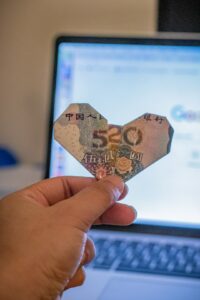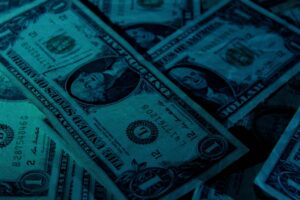A Brief History of Forex Rates: Understanding the Evolution of Currency Exchange
Forex rates, also known as foreign exchange rates, play a crucial role in the global economy. They determine the value of one currency relative to another and are essential for international trade, investment, and tourism. But where did forex rates come from, and how have they evolved over time? In this article, we will explore the fascinating history of forex rates and gain a deeper understanding of their significance in the financial world.
The origins of forex rates can be traced back thousands of years to ancient civilizations that engaged in international trade. However, it was not until the modern era that a structured system for currency exchange was established. The Bretton Woods Agreement, signed in 1944, is often considered the birth of the modern forex market.
Under the Bretton Woods system, a fixed exchange rate regime was created, with the U.S. dollar serving as the world’s reserve currency. All other major currencies were pegged to the dollar at fixed rates. This system aimed to promote stability and facilitate international trade in the aftermath of World War II. Central banks were responsible for maintaining the value of their currencies within a narrow band against the U.S. dollar by buying or selling foreign exchange reserves.
However, the Bretton Woods system faced significant challenges in the 1960s and 1970s. The United States, burdened by the cost of the Vietnam War and domestic spending, began running large trade deficits. This led to an excessive supply of dollars in circulation, putting pressure on the fixed exchange rates. In 1971, the U.S. government, under President Richard Nixon, decided to abandon the gold standard, effectively ending the convertibility of the U.S. dollar into gold.
With the collapse of the Bretton Woods system, forex rates became floating and were determined by market forces of supply and demand. This ushered in a new era of currency exchange, where rates fluctuated based on economic factors, geopolitical events, and investor sentiment. The forex market became decentralized, with multiple participants, including banks, corporations, hedge funds, and individual traders, actively buying and selling currencies.
The advent of computer technology in the 1980s further revolutionized the forex market. Electronic trading systems allowed for real-time quotes and instant execution of trades. This made the market more accessible to individual traders and led to a significant increase in trading volumes. Today, the forex market is the largest and most liquid financial market globally, with an average daily turnover exceeding $6 trillion.
In the early days of forex trading, exchange rates were primarily quoted against the U.S. dollar. However, as the market grew, cross-currency pairs gained popularity. These pairs involve currencies other than the U.S. dollar and allow traders to speculate on the relative strength or weakness of two different currencies. Some of the most actively traded cross pairs include the euro (EUR), British pound (GBP), Japanese yen (JPY), and Swiss franc (CHF).
The evolution of forex rates also saw the introduction of currency derivatives, such as futures and options contracts. These instruments enable market participants to hedge against currency risk or speculate on future exchange rate movements. Currency futures contracts were first introduced in the 1970s, followed by options contracts in the 1980s. These derivatives provide additional liquidity and flexibility to the forex market.
The digital age has further transformed the forex market with the rise of online trading platforms and mobile apps. Traders can now access real-time market data, execute trades, and monitor their positions from anywhere in the world. This accessibility has attracted a new wave of retail traders, contributing to the market’s overall liquidity and volatility.
In conclusion, the history of forex rates is a testament to the ever-evolving nature of the global financial system. From the fixed exchange rates of the Bretton Woods era to the modern floating exchange rates determined by market forces, forex rates have played a vital role in facilitating international trade and investment. The advancements in technology have made the forex market more accessible and liquid than ever before, creating opportunities for traders and investors worldwide. Understanding the history and dynamics of forex rates is crucial for anyone seeking to navigate the complex world of currency exchange.






